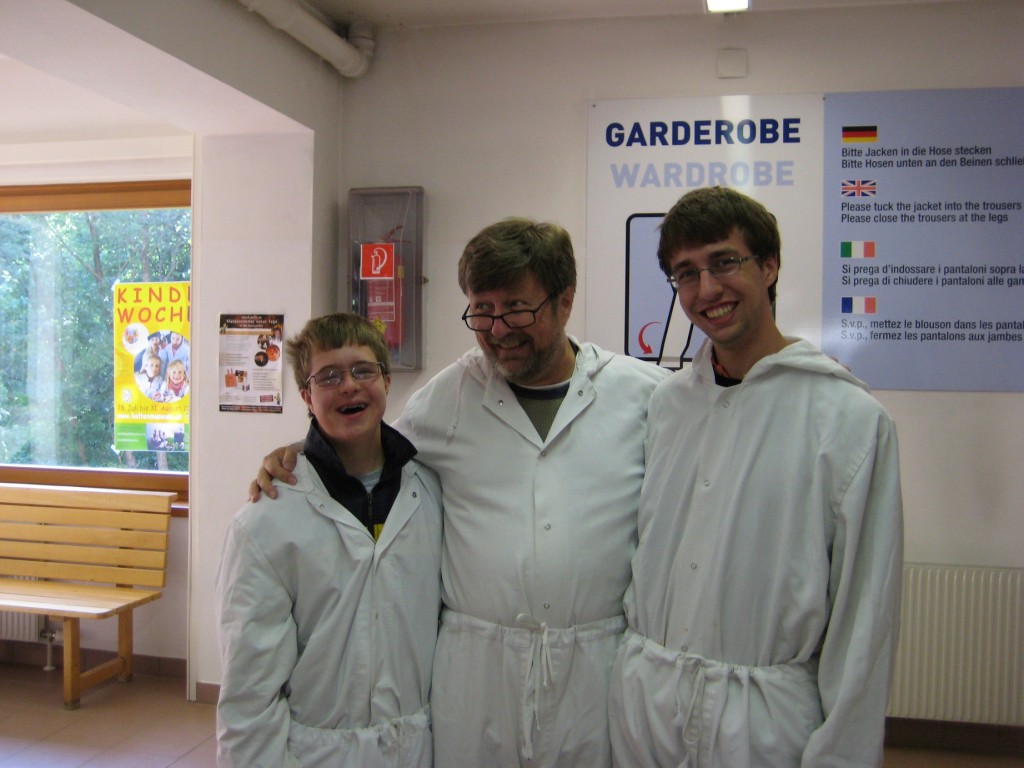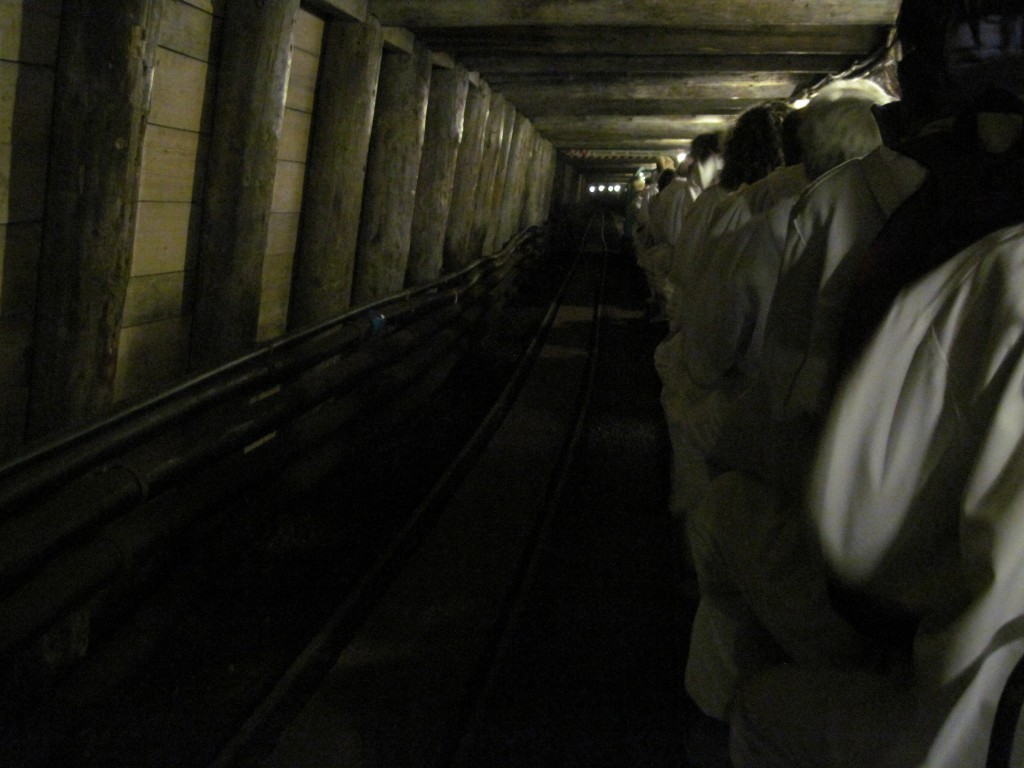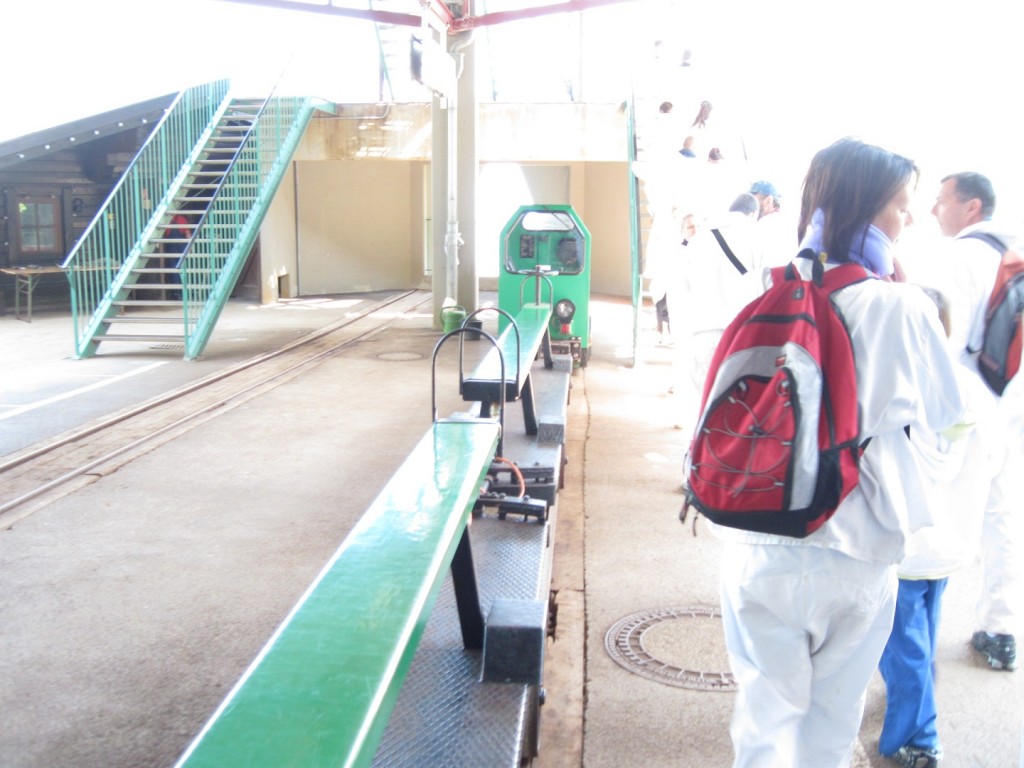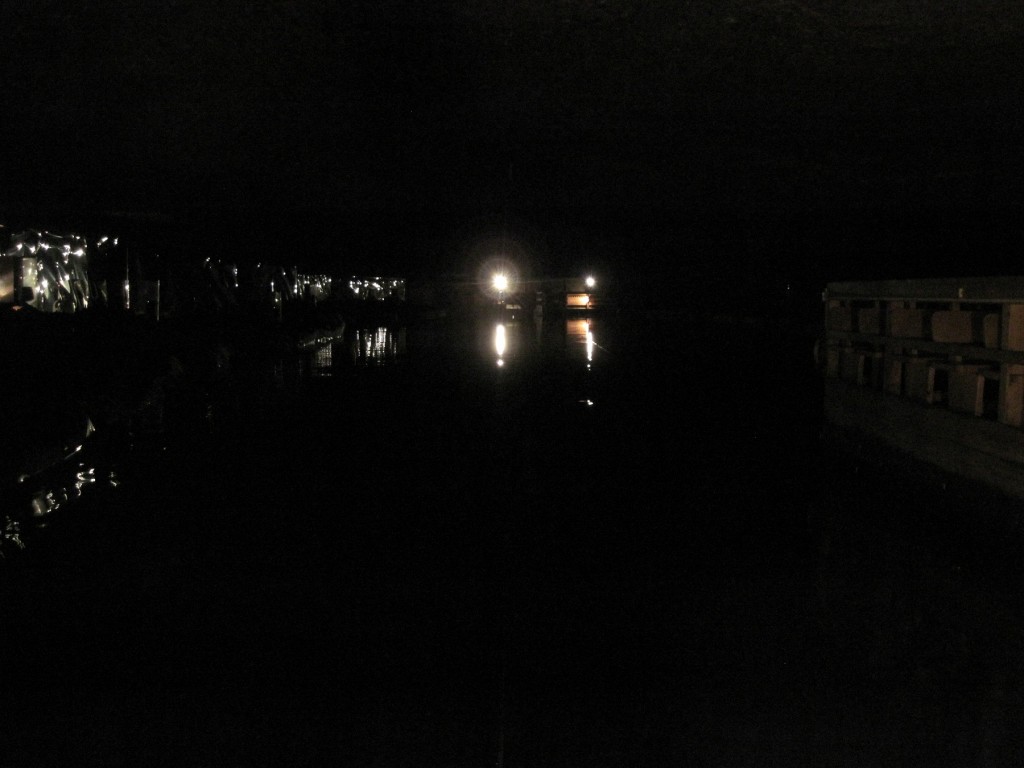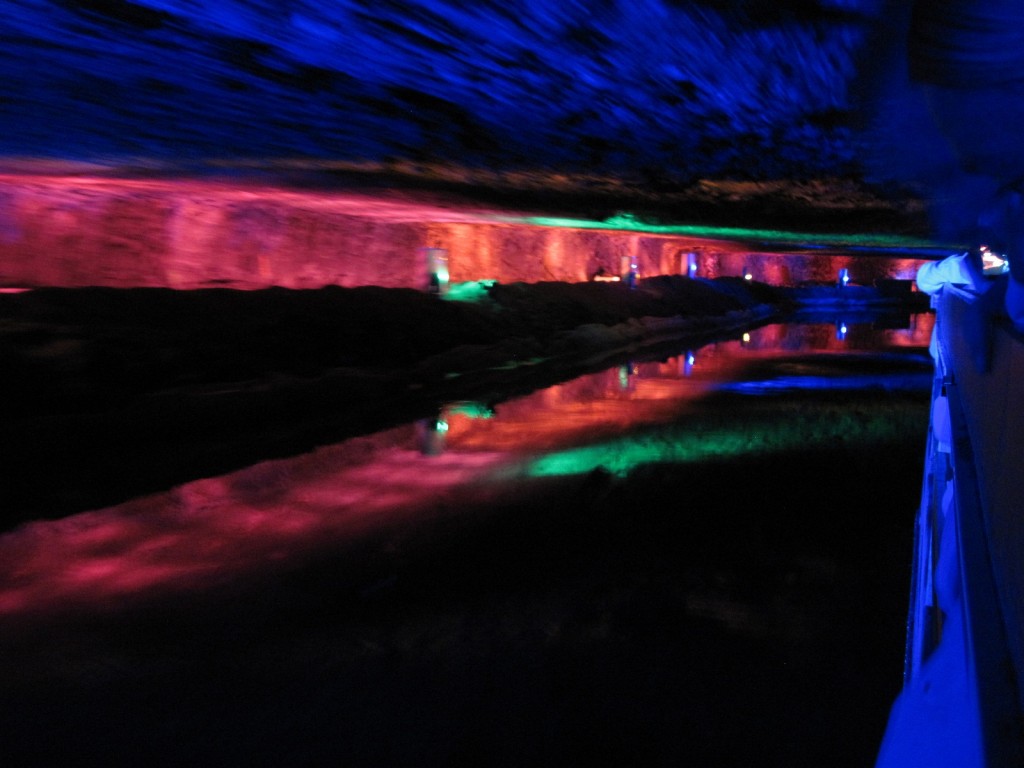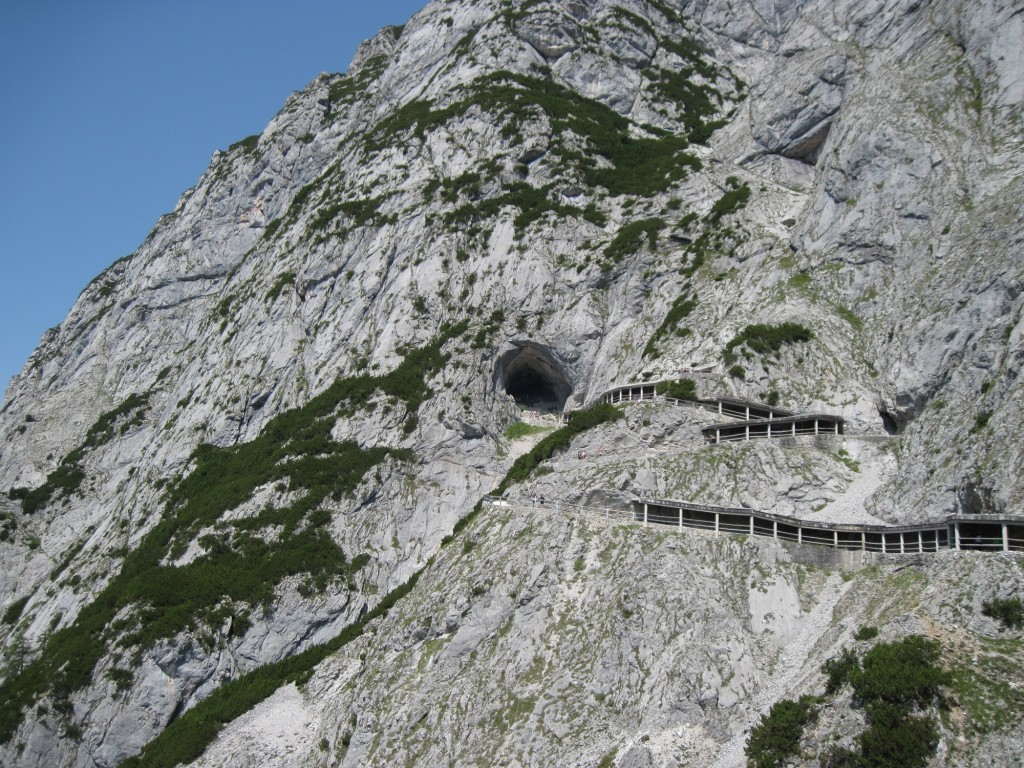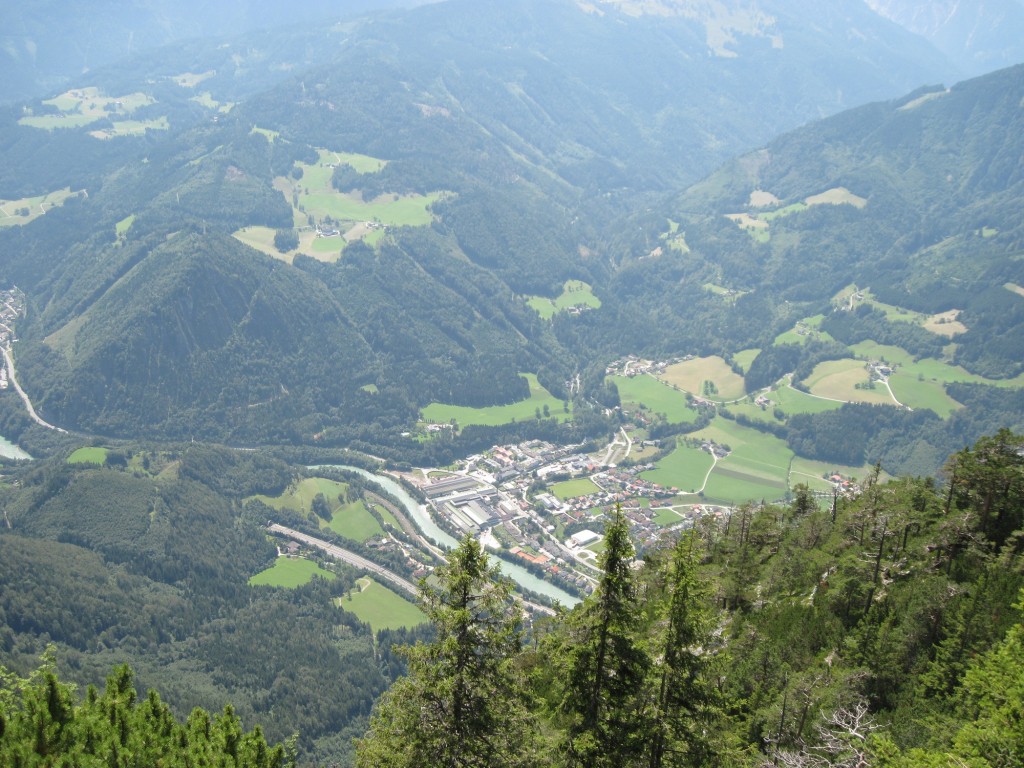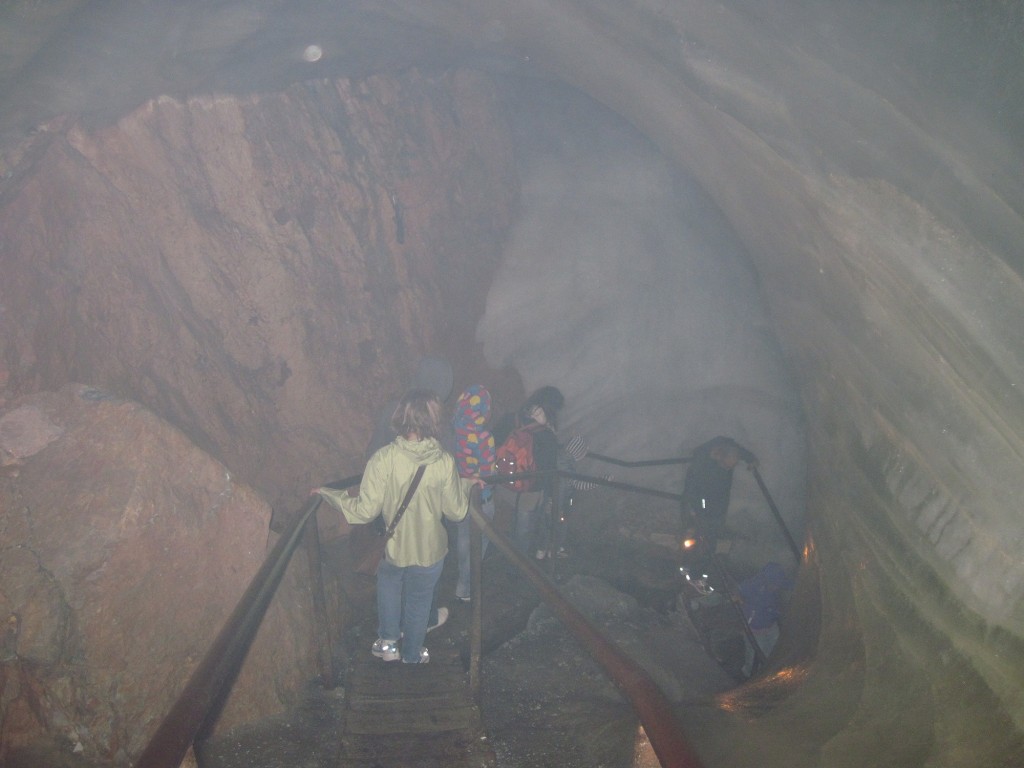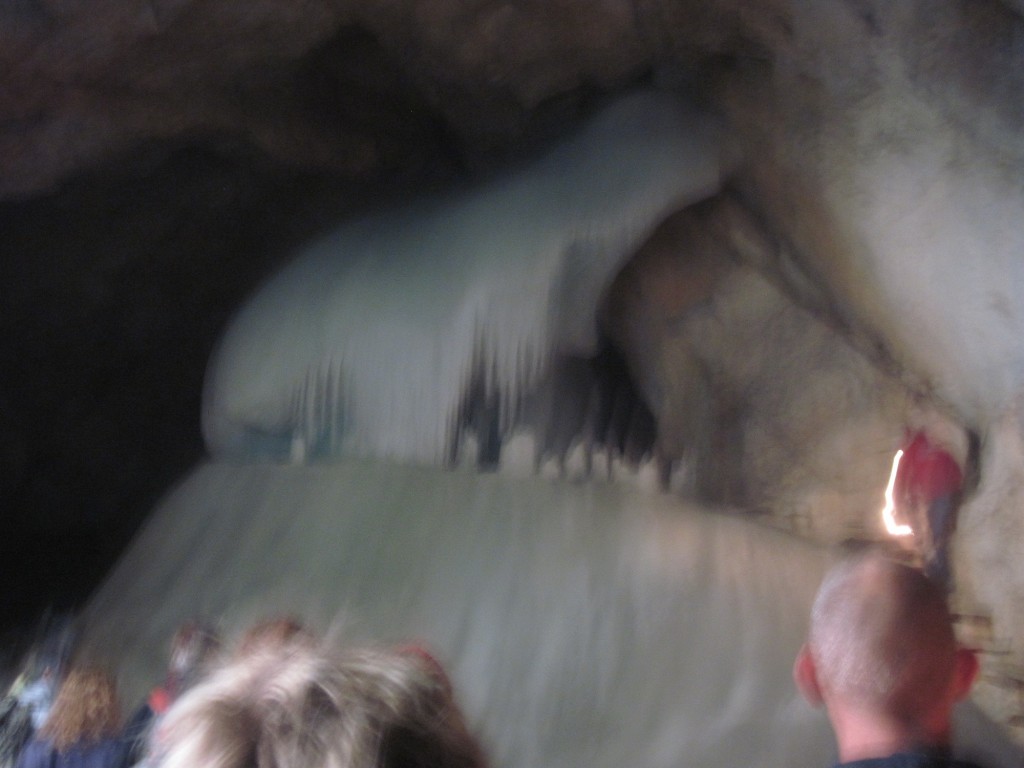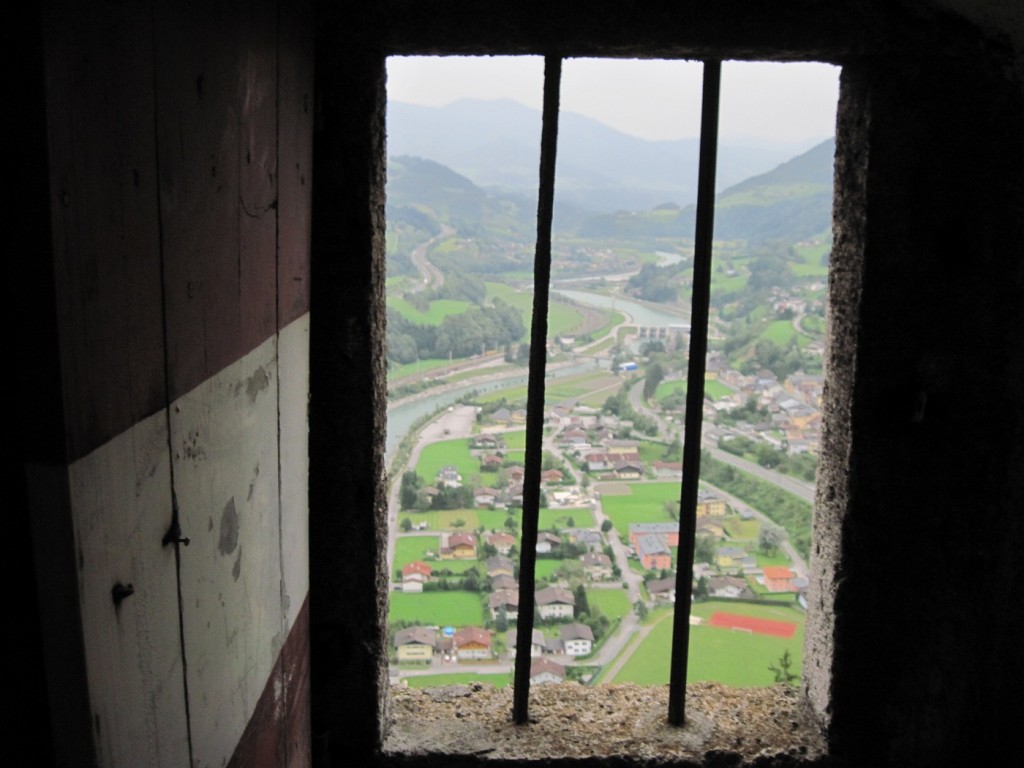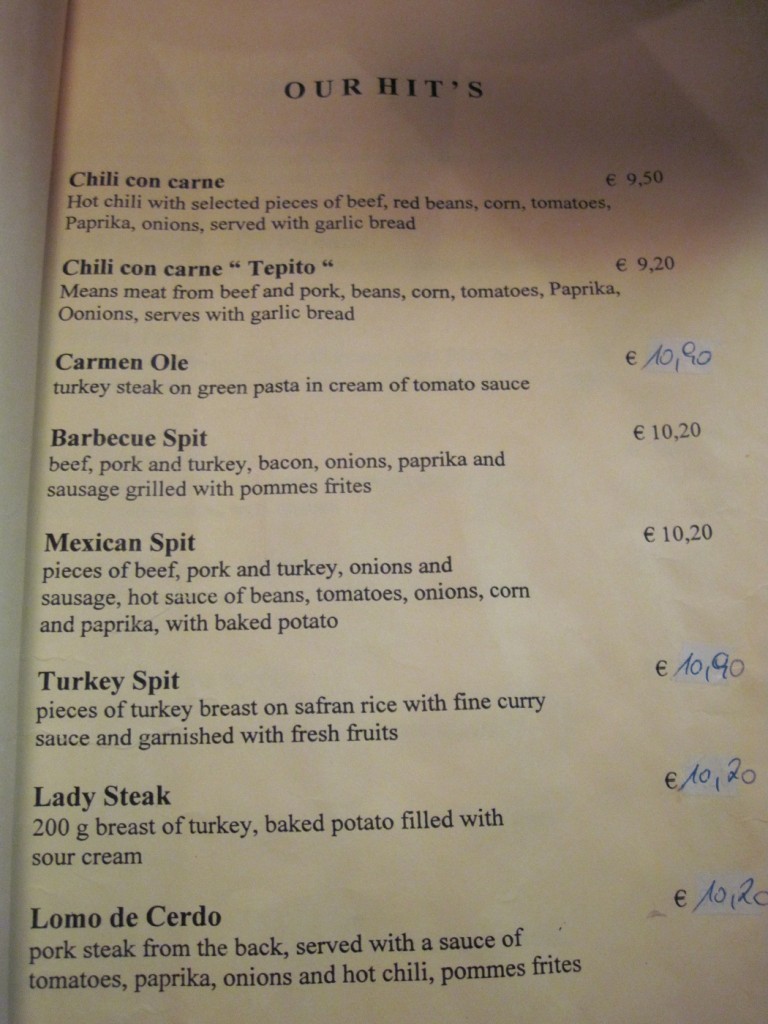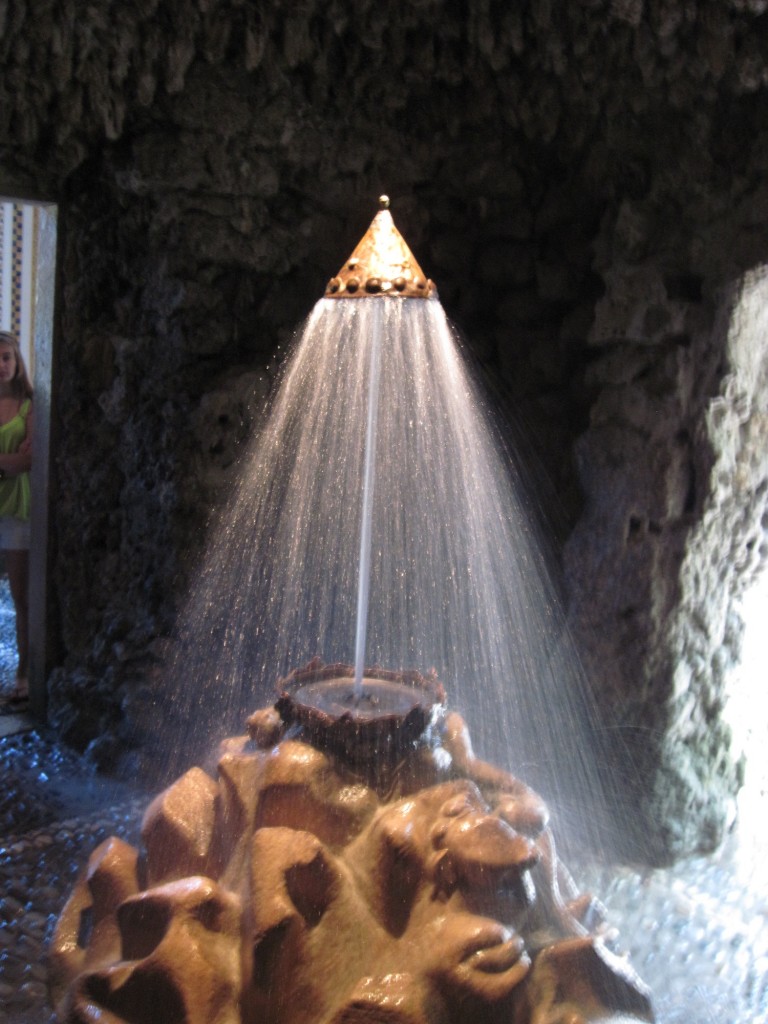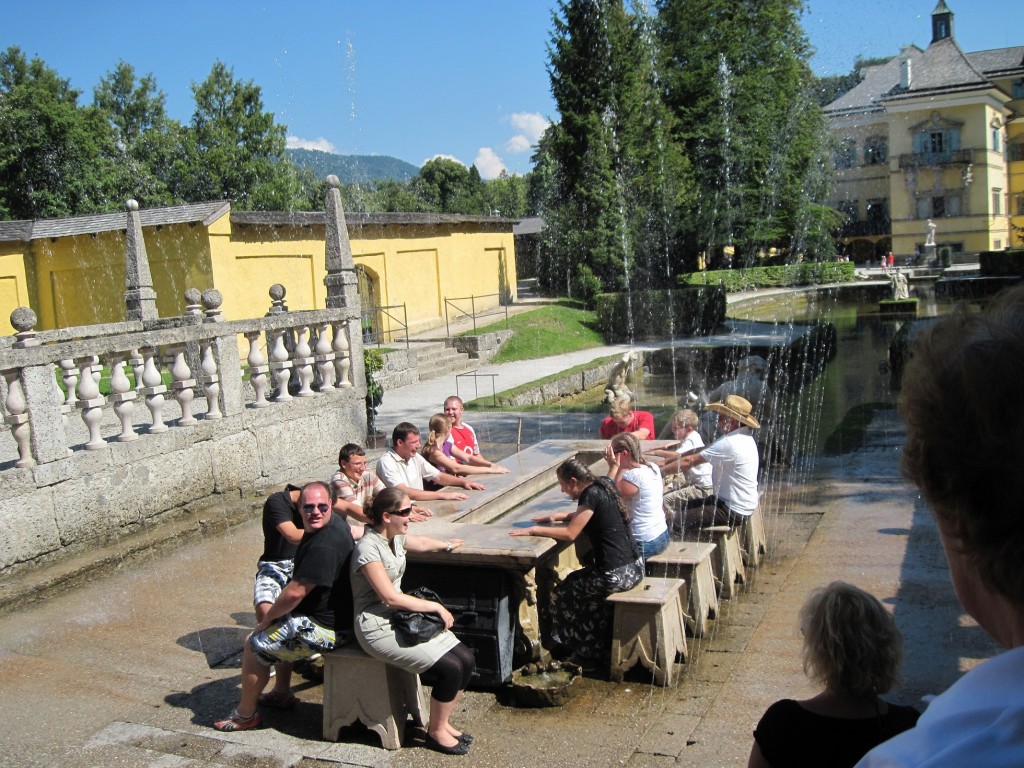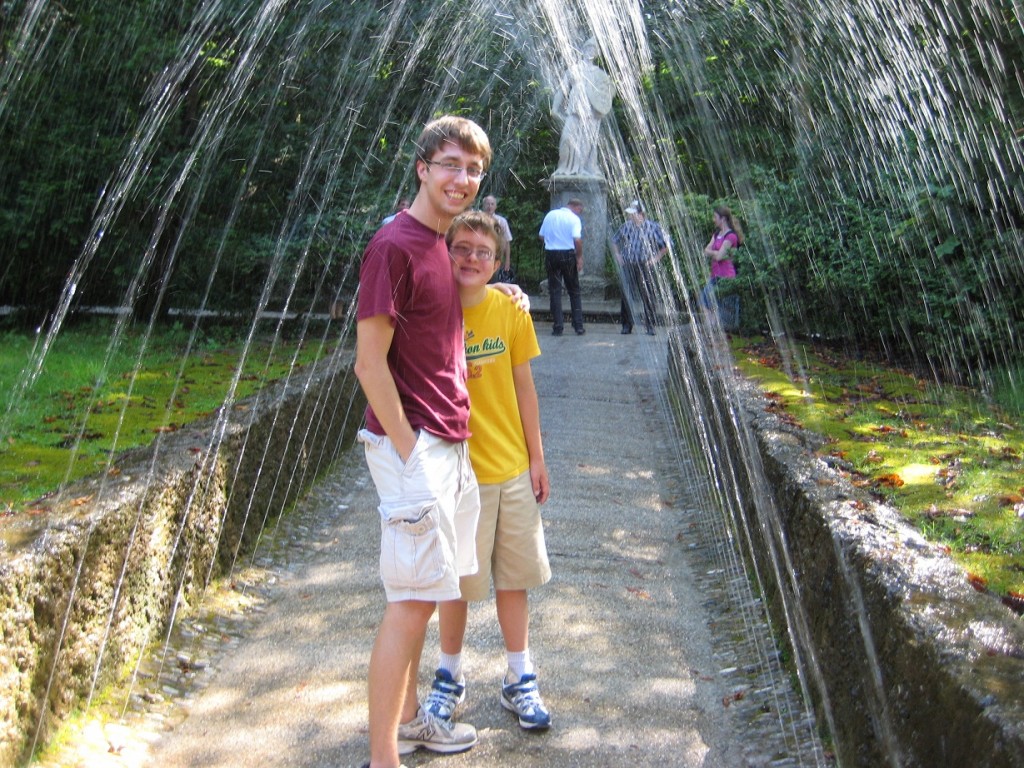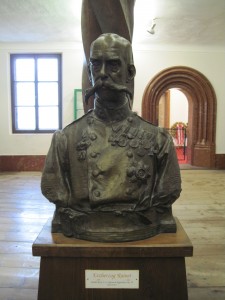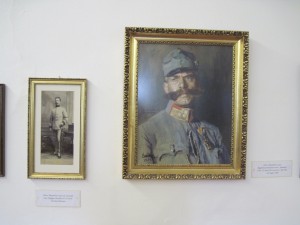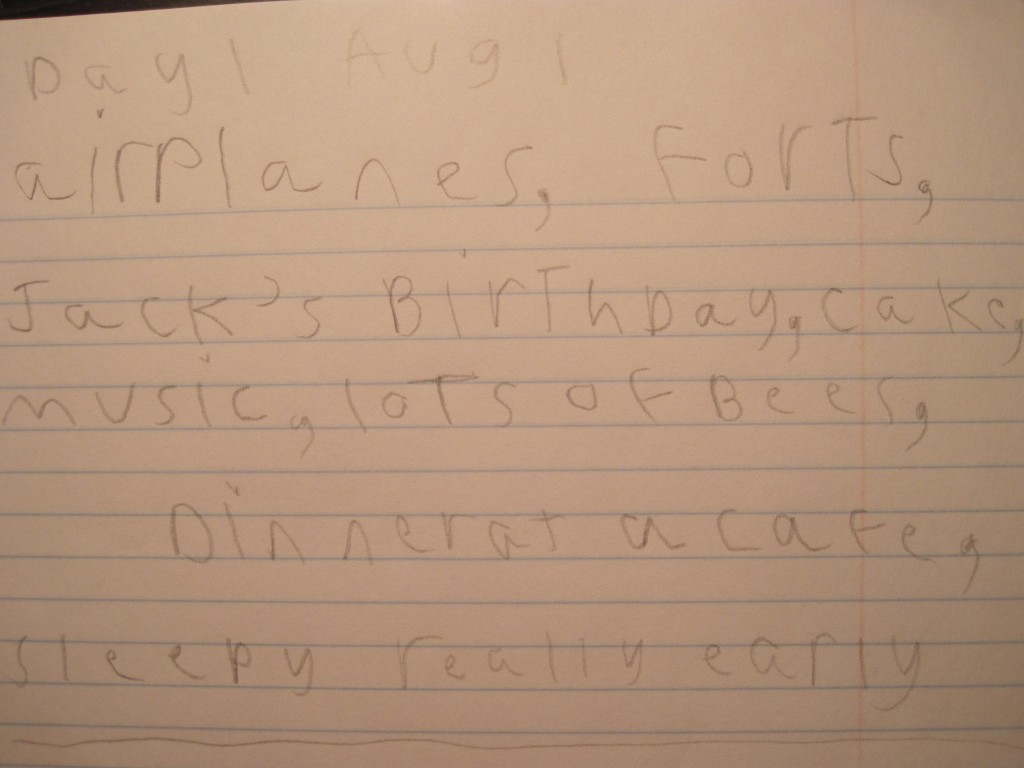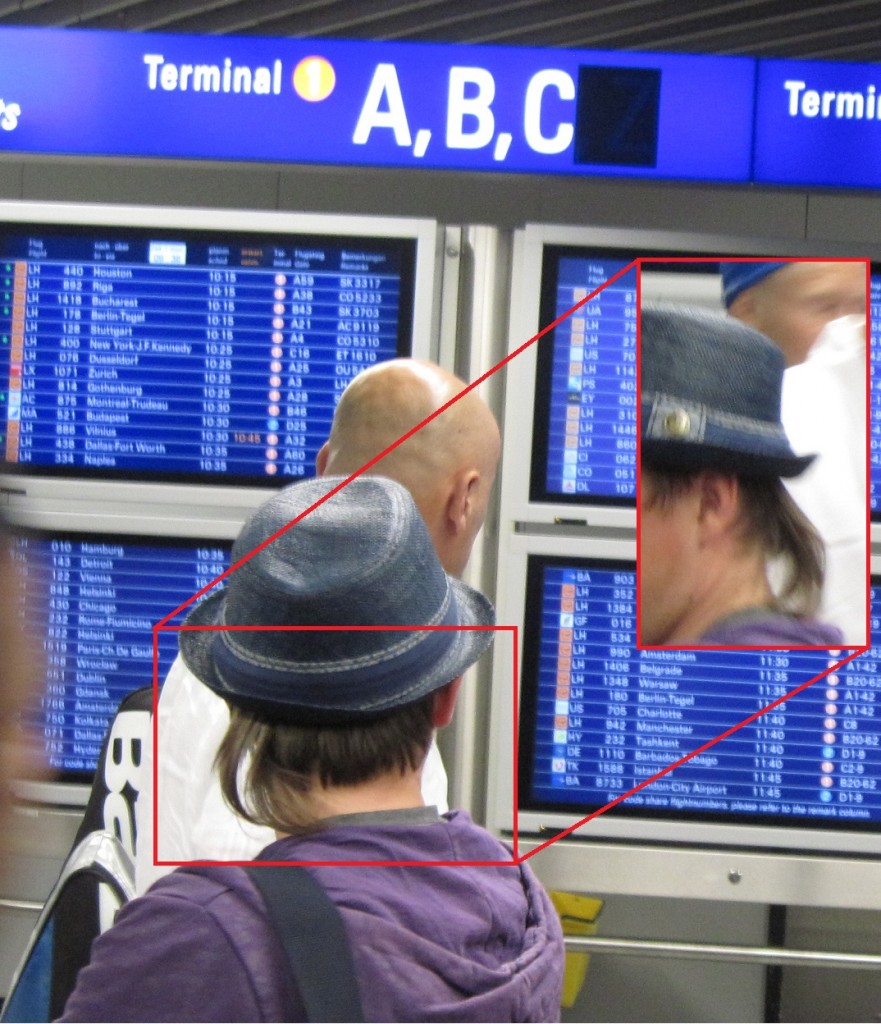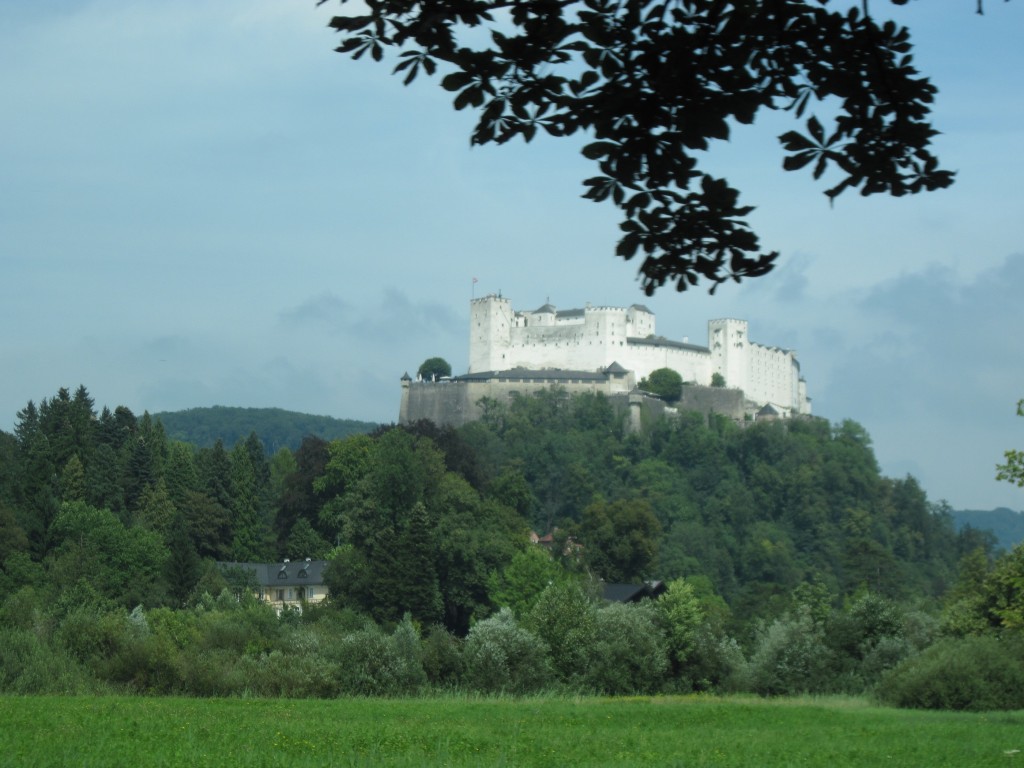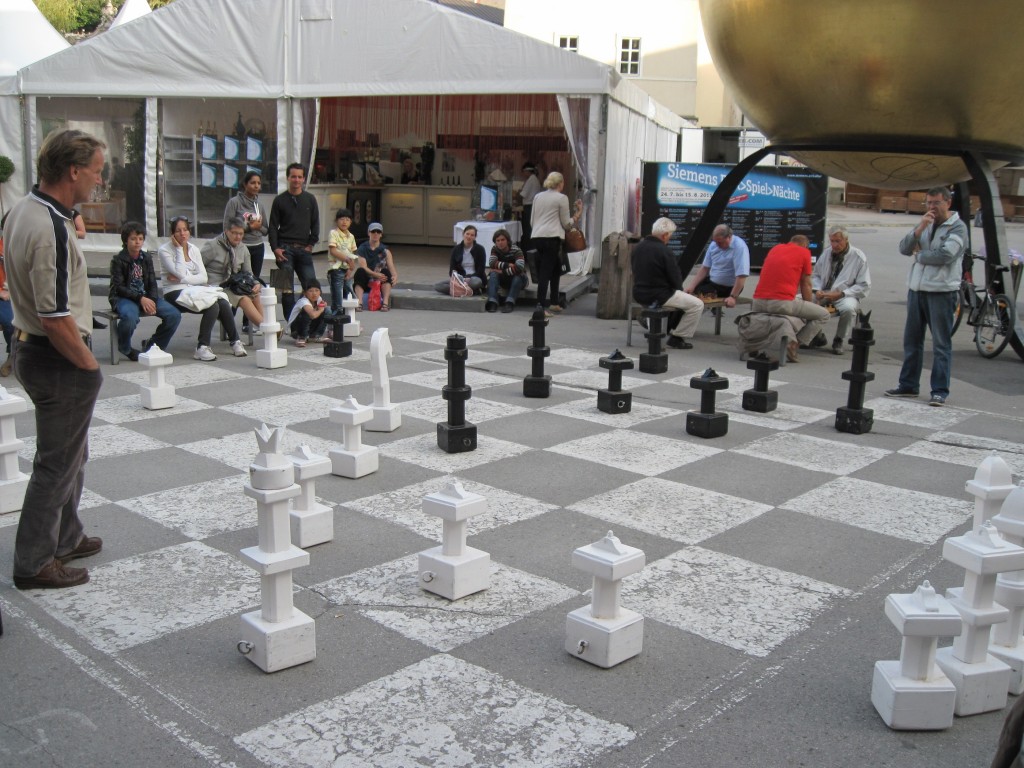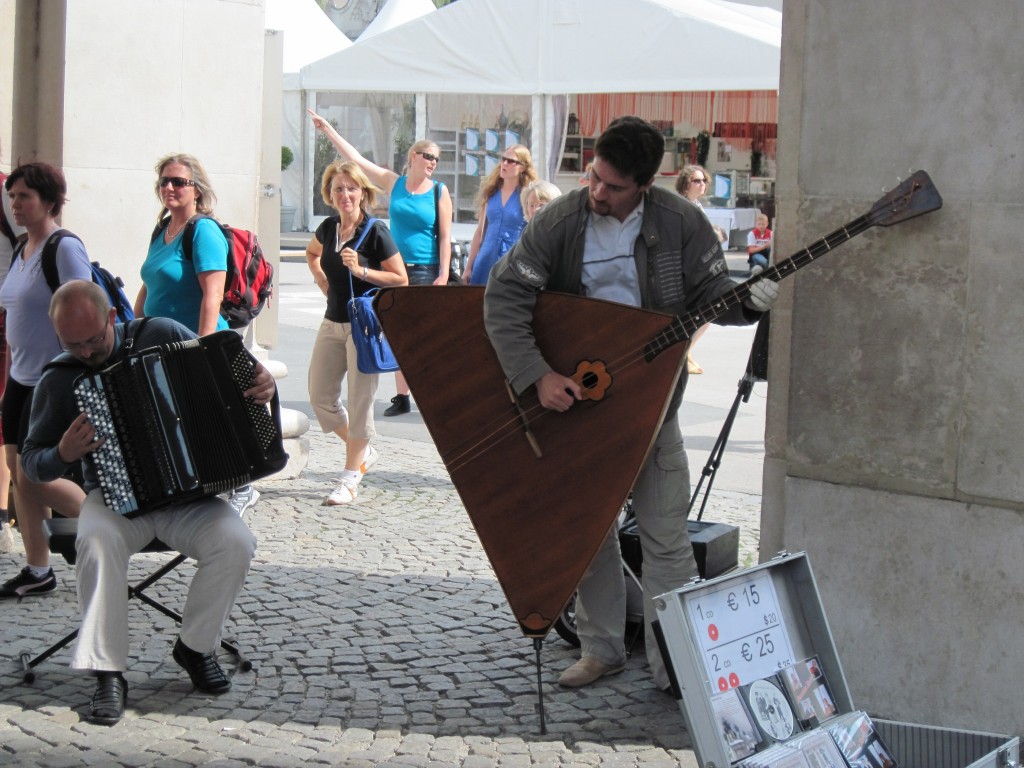…Everybody’s favorite!
Usually, I kinda like mixing cultural observations with the pictures and sarcasm when I can on this blog, but that’s always going to be a little harder when I don’t really have any context whatsoever in which to place them.
That disclaimed, here are my impressions of Austrian society drawn from four days in a town full of tourists, of whom the majority were probably not even other Austrians.
Things that Austrians don’t like:
A) Appearing to give even one shit about anything whatsoever. Salzburg was on permanent vacation, an entire town expressly committed to chilling the hell out. I found the most telling example of this during my last few hours in the city, after my family had already left on their train and I was killing time before heading to the airport. I was just wandering around for two hours, with zero destination or goal in mind whatsoever; it was meandering purely for the sake of meandering and apparently that projected itself through my demeanor, because in that period three separate groups of people accosted me in German, which had hitherto not happened all trip.
B) Hurrying, because this implies a violation of A). Austrians have one speed, namely “amble.” The exception here is old women on bicycles, who often ramp this up to “bat out of hell.”
C) J-walking, per aforementioned two observations. You’d literally have an empty two-lane street with two dozen people on either side of a crosswalk, just patiently waiting. As someone who has lived on Sheridan road for the past two years of my life, this was perhaps the most foreign thing I encountered on my trip.
Things that Austrians do like:
A) Cafes, and everything associated with them. I have no idea how a society in which 70% of the population is seated in a cafe at any given time functions, but it does. I have a hypothesis that every Austrian actually owns a cafe, and there are contractual agreements in place which bind people to sit around in one another’s cafes all day; whatever person A spends while sitting in B’s cafe must be reciprocally spent by B in A’s cafe later that day. This makes both locations look more appealing to tourists (look at how many people are lounging around in this cafe; it must be legit!), who are the only people who actually infuse money into the economy.
B) Consuming high fashion. When a swath of town contains three times more high-end purse shops than convenience stores or fast food restaurants, one knows he is not in the states anymore. What’s interesting here is that Salzburg completely lacked office buildings of any sort, or really any ostensible place for people to be employed other than cafes and expensive clothing stores. Economically speaking it is bewildering — if it weren’t purely for the population’s stubbornness one would expect a Walmart to absolutely wreck shop in these little European towns, but it is precisely that stubbornness that distinguishes Europe and the states. Dad explained it by describing how Homeaway’s french employees live, which is to say they spend 100% of their paycheck week to week. Saving rates are incredibly low because you know the government will always be there for you at the end of the day, and in the meantime people recognize that all these various shopkeepers or whatever need to make their own livings and charge relatively high prices to do so. The cumulative result is that spending 15 euro on two sodas becomes affordable and acceptable. It’s worth noting here that every time I saw a can of sprite being sold for 5 euro, or 7.5 usd, I may or may not have died a bit inside knowing that the same drink would run 12 cents in China, but that’s neither here nor there.
C) Wearing leather pants. You would think they’d know better as per B, but alas.
D) Maintaining as high a fountain-to-inhabitant ratio as possible. The eventual goal is 1:1, and they’re getting damn close.

